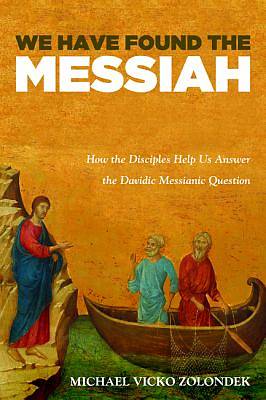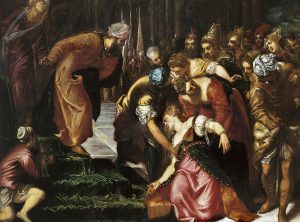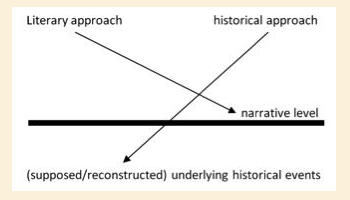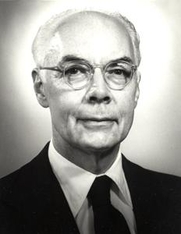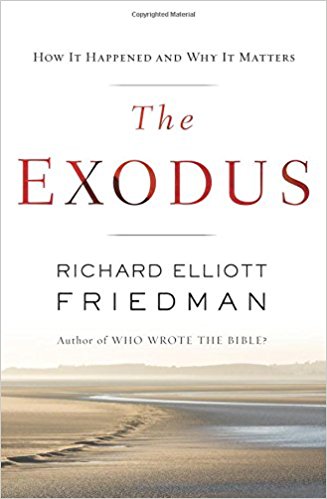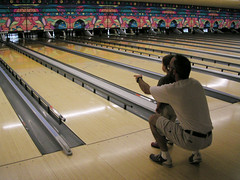This post continues my assessment of the claims made in a doctoral dissertation by Michael Zolondek (supervised by Larry Hurtado and Helen Bond of the University of Edinburgh) that Jesus scholars use the same methods as historians of other fields. The sorts of methods he is addressing are specifically the “criteria of authenticity”. Though challenged by some scholars today, many biblical scholars continue to defend them as tools by which they can sift historical core “facts” or “events” about Jesus from theological or mythical overlay in the gospels. One such criterion is “multiple attestation”: the criteria that if an event is found in multiple (independent) sources there is strong likelihood it is genuinely historical. Another is the criterion of “double dissimilarity”: this criterion states that if a saying has no parallel in either early church teaching or in ancient Judaism then it very likely originated with the historical Jesus himself. And so forth.
On page 98 of the published version of the dissertation, We Have Found the Messiah: How the Disciples Help Us Answer the Davidic Question, Zolondek states that the examples found in a chapter by biblical scholar Stanley Porter of historians whose background is in ancient history are evidence that ancient historians do indeed use some of the same criteria of authenticity as historical Jesus scholars. Porter actually presented those particular examples of ancient historians to demonstrate that they do not use the biblical scholars’ tool of criteria of authenticity but Zolondek disagrees with Porter’s claims. Before I discuss those three examples and (unlike Zolondek) go beyond Porter’s article to the more detailed writings of those three ancient historians themselves I want to highlight another significant point made by Porter that is entirely overlooked by Zolondek.
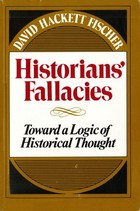 The book chapter we are looking at is Stanley Porter’s “The Criterion of Authenticity” published in the Handbook for the Study of the Historical Jesus (2011). On pages 700-701 Porter writes:
The book chapter we are looking at is Stanley Porter’s “The Criterion of Authenticity” published in the Handbook for the Study of the Historical Jesus (2011). On pages 700-701 Porter writes:
[S]everal of the criteria seem to violate the kinds of historians’ fallacies that David Fischer has brought to the attention of historians.21 These include (and some are discussed further below)
the criterion of double dissimilarity possibly violating the fallacy of many questions (e.g. by asking two questions at once, begging the question, or framing a complex question that requires a simple answer) or of contradictory questions (e.g. when the two distinctives create an anomaly of a human unsuited to any world);22
the criterion of least distinctiveness violating the reductive fallacy in demanding a linear approach to the development of literary forms, or generalization;23
and the Semitic language criterion having potential problems in question framing, including question begging or creating a false dichotomy.24
_______
21 D. H. Fischer. Historians’ Fallacies: Toward a Logic of Historical Thought (New York: Harper, 1970).
22 Ibid., 8, 34.
23 Ibid., 172 – 175.
24 Ibid., 8-12.(my formatting)
I have posted on some of the common fallacies listed by David Fischer several times now, including,
- The fallacy of the prevalent proof
- The fallacy of argument ad verecundiam (to modesty?)
- Theologians’ Miracle: Turning Fallacy into Proof
- The Fallacy Few Historians Have Avoided
So I find it interesting that a prominent biblical scholar such as Stanley Porter turns to the same book. (Richard Carrier also makes good use of it in Proving history: Bayes’s theorem and the quest for the historical Jesus.) Zolondek ignores the relevant section of Porter’s chapter. Continue reading “Part 2 of Testing the Claim that Jesus Scholars Use the Methods of Other Historians”

